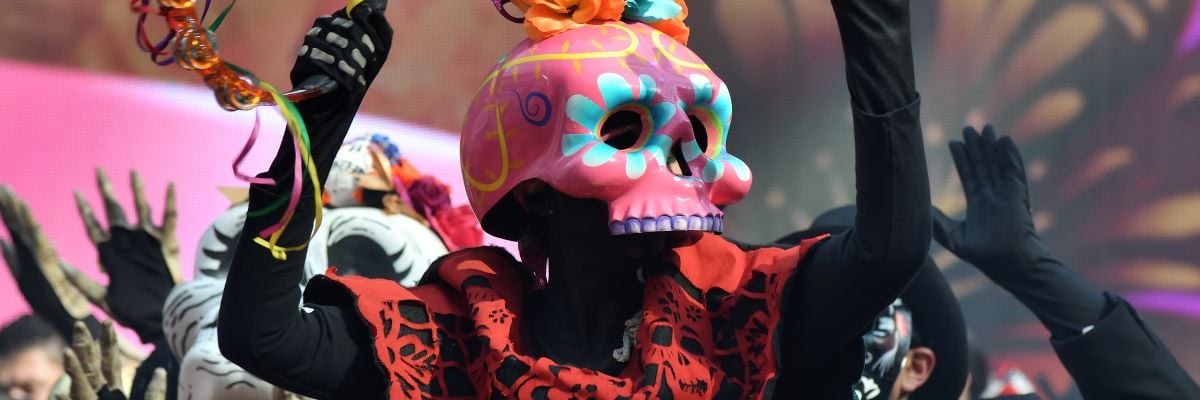
Question:
Answer:
“Dia de los Muertos” is simply a popular name in Latin American Spanish for the Commemoration of All the Faithful Departed, which takes place each November 2. The popular name in English is All Souls’ Day.
There are many ancient customs associated with the commemoration of the dead: visits to the cemetery with the cleaning and tidying up of graves, the setting up of commemorative altars, a meal shared their by the grave with special dishes served on the day, and so on. These are all fine customs and go back all the way to the earliest days of the Christian Faith. The saints and Fathers of the Church always counseled a certain restraint on the partying side; we can find this described in the Confessions of St. Augustine wherein his mother, St. Monica, has to observe the less generous customs of the Church in Milan, even though in her native North Africa the commemorations of the dead were more festive.
The main point of the day is prayer, works of mercy, and penance for our dear dead, combined with the strongest means of helping them reach their heavenly homeland: the holy sacrifice of the Mass. The “Day of the Dead” is a day to show our love for the departed by interceding for them and hastening their journey from purification to the blessedness of heaven from whence they will pray for us gratefully.
There is a kind of secularized, public-school, media version of the Dia de los Muertos promoted by the media and commercial world, without reference to the Catholic faith or prayer and Masses for the departed. The emphasis is on creepy or humorous skulls and decorations (not wrong in themselves), and they like to pretend that it is an indigenous Native American celebration, when in point of fact the day has nothing to do with Native American culture but is a Catholic observance that Native Americans celebrated in their own way, as in every Catholic country in Europe, Asia, or Latin America.


